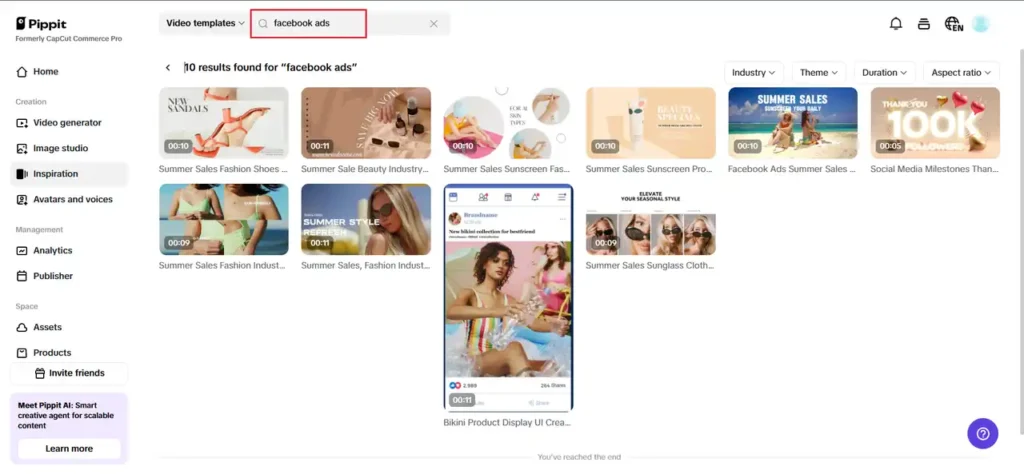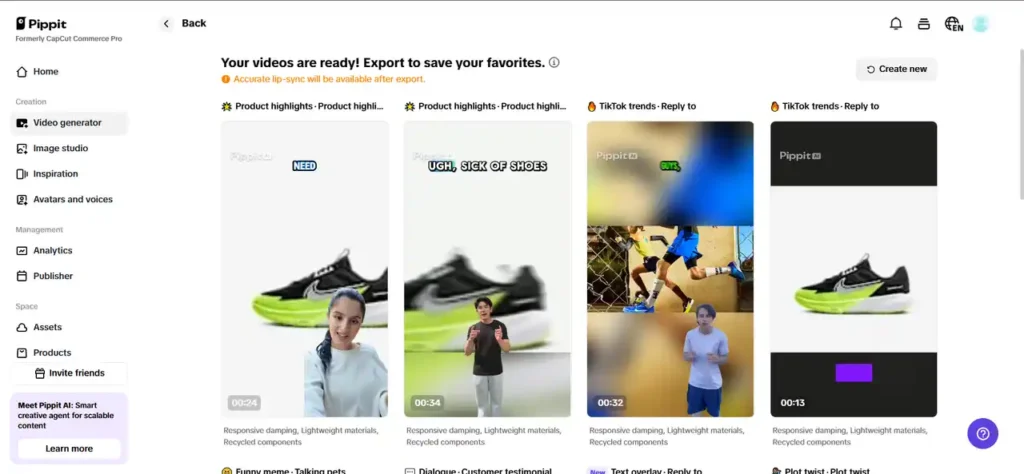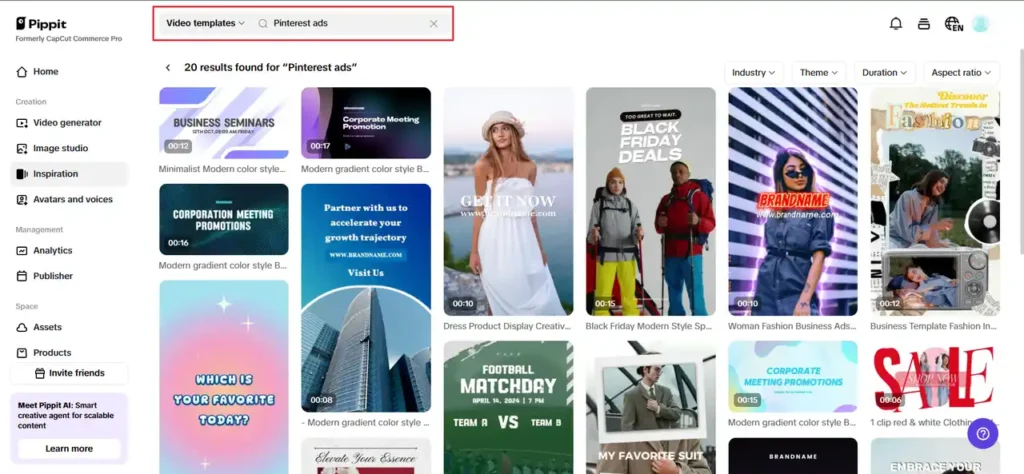You created a stunning advertisement. It fails despite being neat, on-brand, and emotionally appropriate. Why? Since it was not designed to communicate with the algorithm.
In 2025, ad mastery isn’t going to be creativity vs. tech—it’ll be making creativity and tech work together. And that translates to crafting content that fuels favor. When you know what TikTok, Instagram, Pinterest, and Meta reward, you can build ads that slide into the feed like they’re home—and perform like they’re built to be viral.
Each platform also has implicit rules built into its algorithm. Consider them as micro-preferences: TikTok adores bold text motion, Instagram prefers early emotion, and Pinterest amplifies cozy hues. With AI, the actual advantage isn’t solely in creating content—it’s in matching content with these algorithmic biases.
Here’s how brands are applying AI tools to pre-bake these preferences into their ad creative:
With an advanced AI video creator, marketers can use platform presets that are designed to maximize aspect ratios, visual rhythm, and subtitle fonts—all before the video enters the feed.
Once you know the rules of each platform, it’s time to go strategic with visual design. Here’s what works today (and what your AI tools can enable you to create on autopilot):
What happens next? Your content isn’t only “good.” It’s native. It feels at home—which means the algorithm is way more likely to promote it.
One of the most intelligent things about collaborating with algorithms is recycling what succeeds already. Brands have begun employing AI not only to produce new commercials, but also to rethink previous ones in order to align better with algorithms.
Here’s how:
This increases visibility in addition to saving time. You’re letting the algorithm handle the laborious task once more when you update popular content to suit emerging trends.
You don’t require crazy transitions or jarring zooms. Most platforms punish over-edited content. But smooth, constant motion? That’s algorithm gold.
With AI, you can instantly add motion that feels natural, particularly if your original asset is only a static image:
Applying these effects with restraint—preprogrammed by AI—can make your visuals have that “alive” look the algorithm prefers, without entering ad-fatigue ground.
Even the loveliest-looking video ad will fail if the tone misfires with platform culture. AI solutions enable brands to rapidly test and adapt tone, both visual and narrative.
Instead of reimagining from scratch, you can replicate one central creative and create platform-specific versions in minutes. The payoff? You remain on brand while still getting along with each feed’s unspoken rules.
Here’s the reality: the algorithm is not concerned about how hard you worked. It reacts to structure, style, and deliberate formatting. And that may sound limiting, but it’s liberating—because AI can deal with all of it.
From selecting the ideal hook moment to optimizing brightness for visibility, a product like Pippit crafts ads that don’t just appear beautiful, but are designed to perform. It’s not about gaming the system. It’s about collaborating with it.
So if you’re still speculating about what performs on every platform, perhaps it’s time to stop chattering—and listen. The algorithm already informed you of what it desires. Now you’ve got the methods to get it done—on autopilot.
Use the proper ad creator, construct with the algorithm in mind, and have your content be the type of thing people stop for. Because in 2025, the best ads aren’t just great creativity—they’re designed to win the scroll.




